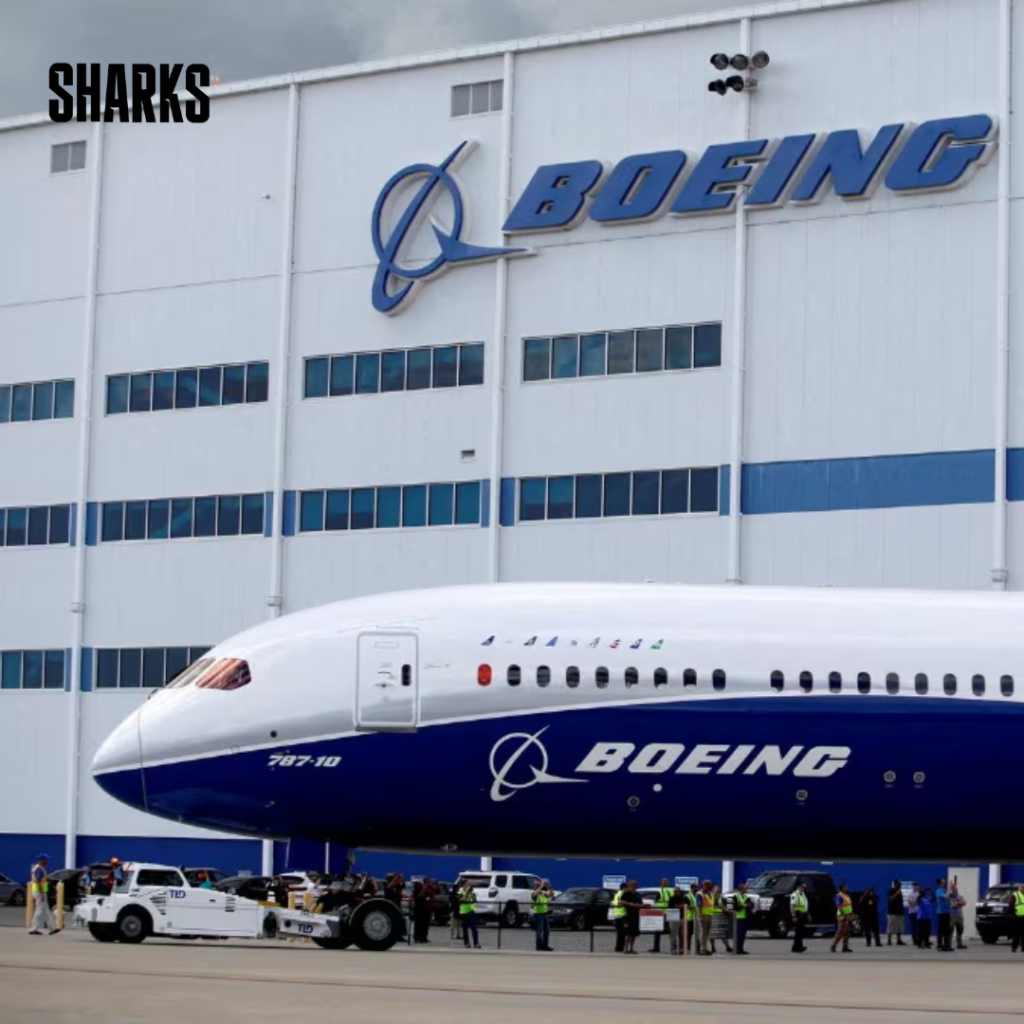US Air Force Reaches Deal with Boeing for E-7 Wedgetail Aircraft
The United States Air Force has secured an agreement with Boeing for the supply of E-7 Wedgetail airborne warning and control aircraft.

The United States Air Force has reached a deal with Boeing to supply E-7 Wedgetail airborne warning and control aircraft, downplaying concerns that Boeing’s internal crisis would harm its ability to supply the Pentagon.
The provisional deal covers the rapid production of prototypes as the Air Force phases out E-3 Sentry or AWACS airborne warning and control aircraft, following reports of disagreements over the price for the 737-based Wedgetail planes.
Official Statements and Contract Finalization:
“We have reached an agreement with (Boeing)… We have a reasonable price point that we can afford,” Secretary of the Air Force Frank Kendall told reporters at the Royal International Air Tattoo military air show in western England. A formal contract will be finalized in August, he added.
This is the first major contract announcement since Boeing agreed earlier this month to plead guilty to a criminal fraud conspiracy charge to resolve a U.S. Justice Department investigation into 737 MAX fatal crashes over five years ago.
Experts have said the guilty plea, which the crash victims’ families oppose, threatens the company’s ability to secure contracts from agencies such as the Defense Department and NASA, although it could seek waivers.
Pentagon’s Position on Boeing’s Eligibility:
Asked how the plea deal had affected the Pentagon’s ability to negotiate with Boeing, Kendall said, “The short answer is it has not; we are continuing to do business with Boeing.”
Under U.S. rules, the Pentagon must assess whether any supplier it has business with is a responsible company. “We will be working in a coordinated fashion … to understand what implications there might be from the plea deal, but I don’t anticipate at this point that it is going to … lead to significant disruption of our contracting,” Andrew Hunter, assistant Air Force secretary for acquisition, technology, and logistics, told reporters.
Strategic Importance and Transition Plans:
Boeing is the Pentagon’s second-largest contractor and is widely said to compete with Lockheed Martin in a strategically important contest to replace the F-22 fighter.
The latest agreement stems from the Air Force’s efforts to replace Cold War-era E-3s, whose distinctive rotating radar dome allows crews to track targets and direct aircraft in battle.
The transition between the two planes has been delayed amid price negotiations, raising concerns in Congress about gaps in capability.
Positive Outlook for Boeing:
“We are very glad to have an affordable basis for the rapid prototyping program, which is the basis for the production program going forward,” Hunter said.
Boeing welcomed the agreement, which boosted its defense business following a series of cost overruns and delays. A spokesperson said, “We are focused on executing well and meeting the needs of our customers.”
Share This
Tony Boyce is a seasoned journalist and editor at Sharks Magazine, where his expertise in business and startups journalism shines through his compelling storytelling and in-depth analysis. With 12 years of experience navigating the intricate world of entrepreneurship and business news, Tony has become a trusted voice for readers seeking insights into the latest trends, strategies, and success stories.























